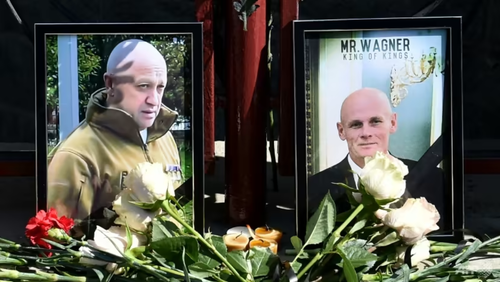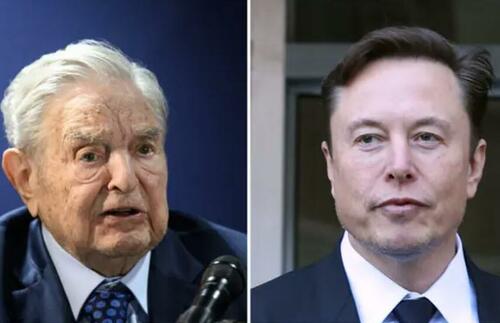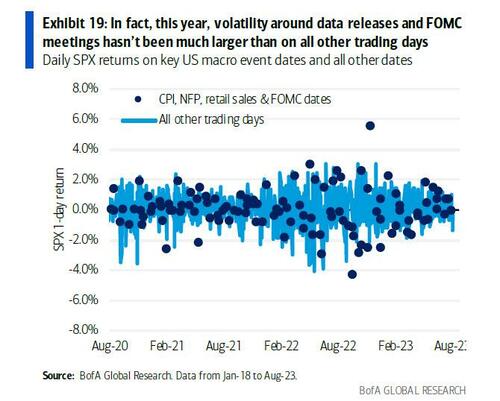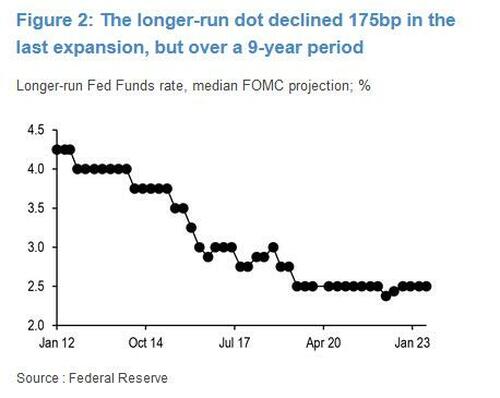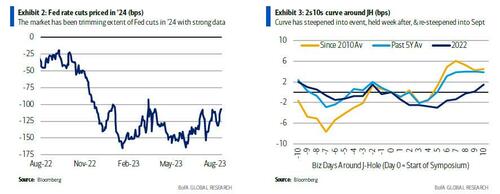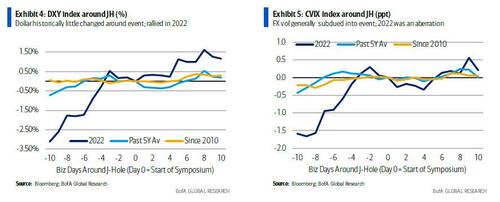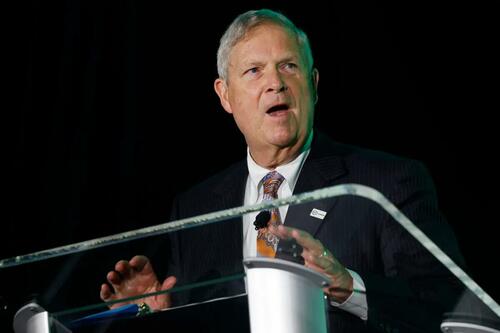From today’s California Court of Appeal opinion in Iloh v. Regents of U.C., decided by Justice Thomas Goethals, joined by Justices Maurice Sanchez & Joanne Motoike; this case is important because it lets anti-SLAPP motions be brought not just by defendants who are being directly sued (here, that’s the UC) but also by the “real parties in interest” whose public records request triggered the lawsuit:
The Center for Scientific Integrity (CSI) is an organization that reports on academic retractions and accountability. CSI wrote an article about Constance Iloh, a professor at the University of California, Irvine (UCI), after several academic journals retracted articles Iloh had written due to concerns about possible plagiarism or inaccurate citation references. In a follow-up to that article, CSI sent UCI a records request under the California Public Records Act (CPRA) …, requesting Iloh’s postpublication communications with the journals and UCI.
Iloh filed a petition for writ of mandate, declaratory relief, and injunctive relief against UCI to prevent disclosure of her communications, and later added CSI as a real party in interest. She then filed a motion for preliminary injunction to prevent disclosure. Meanwhile, CSI filed a motion to strike Iloh’s petition under the anti‑SLAPP (strategic lawsuit against public participation) statute.
Our first opinion in this case concerned Iloh’s motion for preliminary injunction. The trial court denied that motion on the grounds that Iloh had not established a likelihood of prevailing on the merits, and we affirmed that order.
We now consider CSI’s anti-SLAPP motion. The trial court denied the motion, finding that although protected activity may have led to the petition, it was not the “basis” for the petition. We disagree. In issuing the CPRA request, CSI was engaging in newsgathering so it could report on matters of public interest, such as how a public university funded largely by taxpayer dollars resolves quality or integrity problems in its professors’ publications. CSI was therefore engaged in protected activity when it issued the CPRA request.
Iloh filed her petition for writ of mandate to prevent UCI from complying with CSI’s CPRA request. By targeting and seeking to impede CSI’s newsgathering activity, Iloh’s petition threatens to chill CSI’s speech-related processes like newsgathering; if successful, this could inhibit CSI’s exercise of free speech. This is the type of lawsuit the anti-SLAPP statute is designed to address, and it should be stricken if Iloh cannot demonstrate a probability of prevailing on her petition.
The trial court has not yet performed prong two of the anti-SLAPP analysis, which involves determining whether Iloh has established a probability of prevailing on her claims. We decline to consider that question in the first instance. Instead, we reverse the order denying CSI’s anti-SLAPP motion under prong one of the anti-SLAPP statute and remand this matter with directions that the trial court consider prong two of the anti‑SLAPP statute….
[Factual back story, largely quoted from the earlier appellate opinion]
“Iloh has a Ph.D. in urban education policy. She was employed at [UCI] from 2015 to 2021, first as a postdoctoral fellow, and then as an assistant professor in UCI’s school of education….
“During her time as a UCI professor, Iloh published research articles on education in a variety of academic journals. At issue here are four [of those] articles published in journals unaffiliated with UCI: (1) Paving effective community college pathways by recognizing the Latino post‑traditional student (2018) in the Journal of Latinos and Education; (2) Not non‑traditional, the new normal: adult learners and the role of student affairs in supporting older college students (2017‑2018) in Colorado State University’s Journal of Student Affairs; (3) Toward a new model of college “choice” for a Twenty-First-Century context (2018) in the Harvard Educational Review; and (4) Does distance education go the distance for adult learners? Evidence from a qualitative study at an American community college (2018) in the Journal of Adult and Continuing Education.”
“After the articles were published, an anonymous source reportedly e‑mailed the four journals and demanded the articles be retracted. [A]ll four articles were [then] either retracted or corrected by the journals in which they were published: the Journal of Latinos and Education retracted Iloh’s article in full; the Journal of Student Affairs removed Iloh’s article and the entire issue in which it was published; the Harvard Educational Review issued an errata statement; and the Journal of Adult and Continuing Education issued a correction.” It seems the retractions were related to concerns about possible plagiarism or inaccurate citation references in Iloh’s articles.
“The retractions caught the attention of Retraction Watch, an editorially independent organization that maintains a database of article retractions in scientific journals, covers incidents of particular note, and reports on academic publishing, transparency, and accountability. Retraction Watch is published by [CSI], a nonprofit public benefit corporation whose mission is ‘to promote transparency and integrity in science and scientific publishing, and to disseminate best practices and increase efficiency in science.’
“In August 2020, Retraction Watch published an article about Iloh’s papers; the article reported the papers had been ‘retracted and corrected, for plagiarism and misuse of references.’ The following month, to further its investigation, Retraction Watch sent a CPRA records request to UCI seeking all correspondence from January 2019 onward (1) between UCI and Iloh regarding articles published in the four journals, and (2) between UCI or Iloh and the four journals regarding articles authored by Iloh.
“UCI notified Iloh of the CPRA request and its intent to disclose the responsive records. Iloh responded that the requested records fell outside the scope of the CPRA and argued the request violated her privacy rights. UCI agreed to remove a few records from its production, but maintained it would disclose the remaining records absent a court order.
“In April 2021, Iloh filed a verified petition against UCI and the Regents of the University of California (the Regents) for writ of mandate, declaratory relief, and injunctive relief to prevent disclosure.” Shortly thereafter, Iloh apparently left her position at UCI….
The Anti-SLAPP Statute
The Legislature enacted the anti-SLAPP statute in 1992 to address “what are commonly known as SLAPP suits (strategic lawsuits against public participation)—litigation of a harassing nature, brought to challenge the exercise of protected free speech rights.” The statute authorizes a special motion to strike meritless claims early in the litigation if the claims “aris[e] from any act of that person in furtherance of the person’s right of petition or free speech under the United States Constitution or the California Constitution in connection with a public issue ….” The statute is “‘intended to resolve quickly and relatively inexpensively meritless lawsuits that threaten free speech on matters of public interest.'”
When evaluating a special motion to strike, the trial court must engage in a two-step analysis. “First, the court decides whether the defendant has made a threshold showing that the challenged cause of action is one arising from protected activity…. [Citation.] If the court finds such a showing has been made, it then determines whether the plaintiff has demonstrated a probability of prevailing on the claim.” “Only a cause of action that satisfies both prongs of the anti-SLAPP statute—i.e., that arises from protected speech or petitioning and lacks even minimal merit—is a SLAPP, subject to being stricken under the statute.” …
Applicability to Real Parties in Interest
As a threshold matter, we must address whether CSI, as a real party in interest, may pursue anti-SLAPP relief. Iloh argues an anti-SLAPP motion is not available to CSI because it is not a named defendant, and because Iloh’s petition for writ of mandate does not assert any claims against it.
We disagree. A real party in interest may bring an anti-SLAPP motion if it has a direct interest in the subject of the mandamus proceeding and will be impacted by the litigation’s outcome.
In this case, Iloh’s petition for writ of mandate against the Regents seeks “to prevent the disclosure of” Iloh’s correspondences to CSI and block the Regents from complying with CSI’s CPRA request. Because CSI’s ability to access the requested documents under the CPRA is the focus of this lawsuit, CSI has a direct interest in the proceedings and may seek anti-SLAPP relief….
Protected Activity
That brings us to prong one of the anti-SLAPP analysis. In this step, we must decide whether CSI made a threshold showing that Iloh’s claims arise from an act in furtherance of CSI’s right of petition or free speech in connection with a public issue. That is, did CSI establish the complaint arises from protected activity?
As is relevant here, the anti-SLAPP statute defines protected activity to include “any written or oral statement or writing made in a place open to the public or a public forum in connection with an issue of public interest,” and “any other conduct in furtherance of the exercise of the constitutional right of petition or the constitutional right of free speech in connection with a public issue or an issue of public interest.” “[T]he ‘in furtherance’ requirement of section 425.16, subdivision (e)(4), may be satisfied by conduct preliminary to a completed exercise of the right of free speech.”
It is well established that reporting the news involves protected activity…. Because newsgathering is part and parcel of that protected activity, newsgathering likewise constitutes protected activity.
The CPRA request at the center of this lawsuit was issued as part of CSI’s newsgathering efforts and in furtherance of its reporting on the four article retractions. As noted, CSI is a nonprofit public benefit corporation that promotes transparency and integrity in scientific publishing; through Retraction Watch it reports on academic article retractions and accountability. After four different academic journals retracted Iloh’s articles, Retraction Watch published an article on those retractions. A month later, to further its investigation of Iloh’s articles, Retraction Watch sent the CPRA records request to UCI seeking certain postpublication communications between Iloh, UCI, and the journals. Because CSI issued the CPRA records request as part of its newsgathering efforts, the records request qualifies as protected activity.
Further, the documents sought in the CPRA records request concerned “an issue of public interest.” As we noted in our previous opinion, “There is a strong public interest in knowing how a public university funded largely by taxpayer dollars handles and resolves quality or integrity problems in its professors’ publications” because “(1) public funds are used both to pay UCI assistant professors like Iloh and also to investigate alleged academic dishonesty, (2) academic research culminating in publication is central to UCI’s public function and within Iloh’s job duties, and (3) the public has an interest in understanding how UCI addresses allegations of academic dishonesty.” …
To qualify for anti-SLAPP protection, the moving party must also demonstrate that the challenged claims “aris[e] from” protected activity…. “[T]he claim must be based on the protected petitioning activity.” In evaluating whether that requirement is met, courts consider “the principal thrust or gravamen of a plaintiff’s cause of action” ….
The trial court concluded the required nexus was lacking here, and for that reason denied CSI’s motion. We disagree. The entire purpose of Iloh’s petition is to prevent the disclosure of records in response to CSI’s CPRA request. The propriety of the CPRA request is the very crux of the petition; without the CPRA request, there would be no petition. Indeed, the opening paragraphs of Iloh’s verified amended petition repeatedly aver that the petition seeks “to prevent the disclosure of any records” under the CPRA. The petition therefore “aris[es] from” the CPRA records request.
Iloh insists her petition does not arise from protected activity because it is not predicated on wrongful disclosure and does not seek any damages from CSI. We are not persuaded. The fact that the petition seeks to enjoin future conduct does not render the anti-SLAPP statute inapplicable. We see “no reason why newsgathering activity and other actions contributing to a broadcast report should be less deserving of anti-SLAPP protection than the broadcast report itself. Indeed, a lawsuit targeting newsgathering activity threatens to chill participation in speech-related processes and, if successful, may block the exercise of free speech.”
Iloh alternatively argues that striking her petition under the anti-SLAPP statute would lead to an “absurdity” because her petition is a “reverse-CPRA action” that is explicitly authorized by case law…. [A]n interested third party who desires to prevent a public agency from disclosing records under the CPRA may bring an independent action for declaratory relief or traditional mandamus …. [But o]ur holding does not mean that a third party may never file a reverse-CPRA action to prevent a public agency from disclosing records; it means only that such an action may be stricken under the anti‑SLAPP statute if the petitioner cannot establish a likelihood of prevailing under prong two of the anti‑SLAPP analysis.
Kelly Aviles and Shaila Nathu represent CSI.
The post California Public Records Requester Can File Anti-SLAPP Motion Objecting to Attempt to Block Request appeared first on Reason.com.
from Latest https://ift.tt/VfIr7dv
via IFTTT

